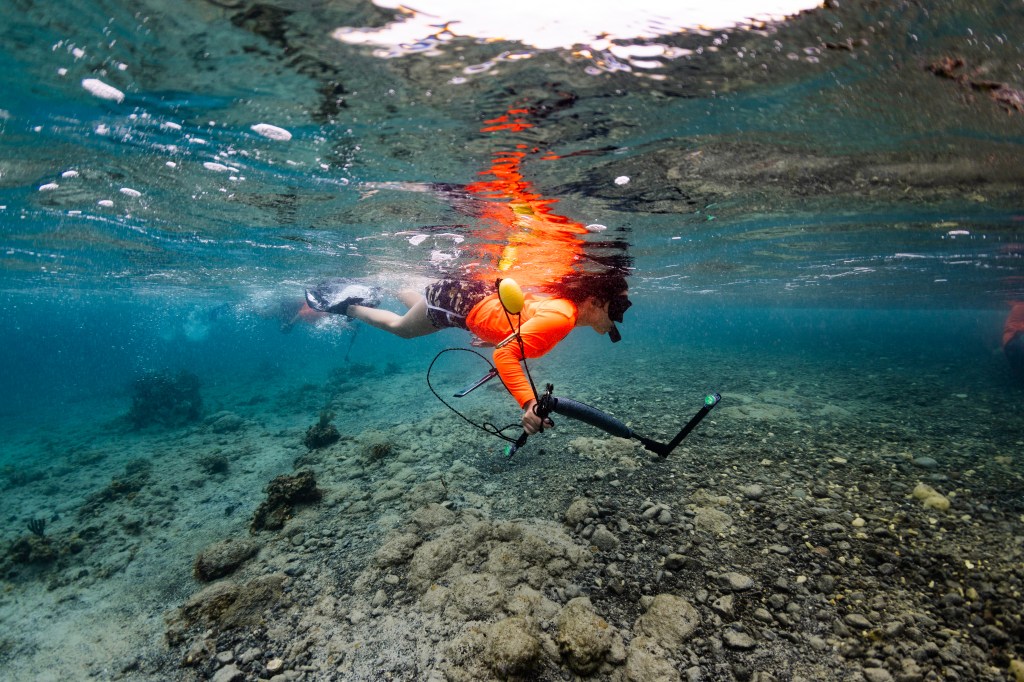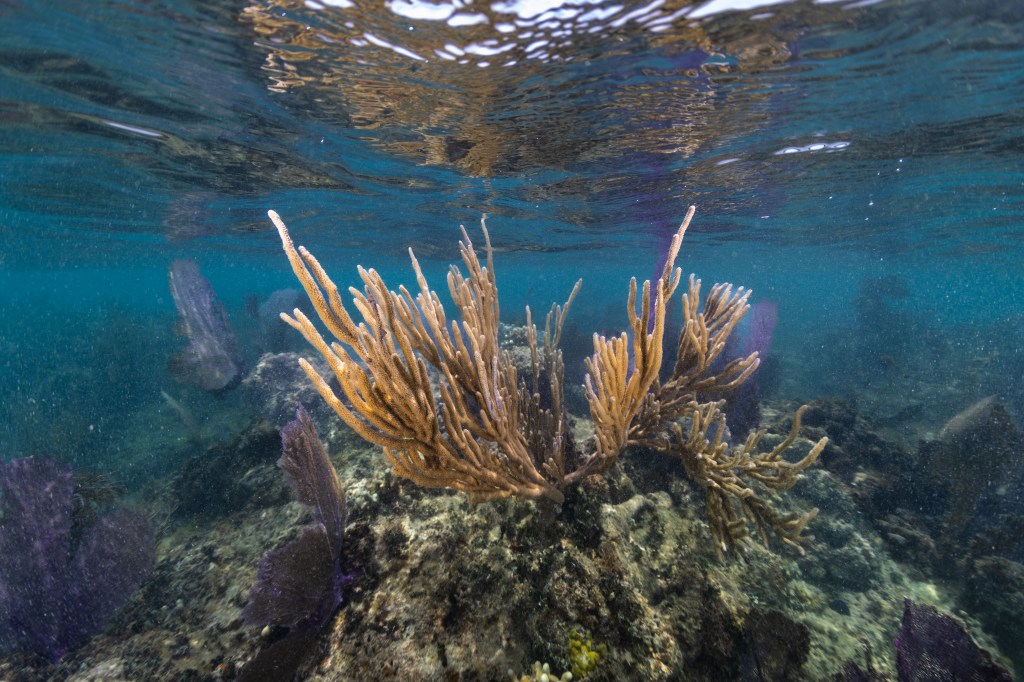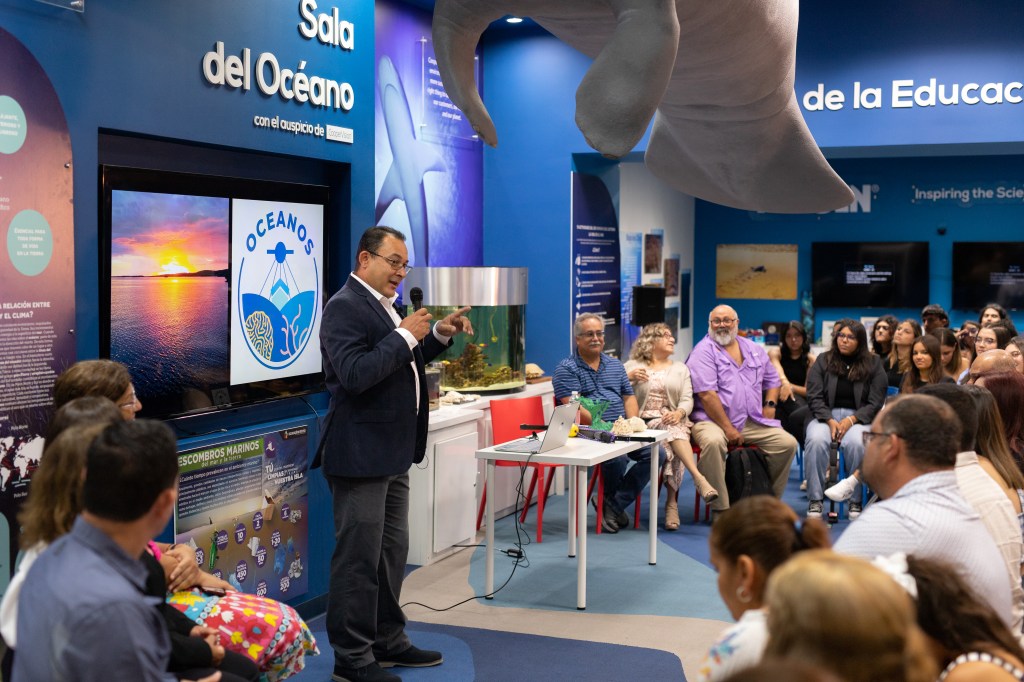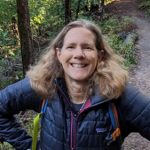What is ocean science?
The oceans cover over 70% of the Earth’s surface and are teaming with life; from the surface down to the depths, and from microscopic plankton to 200-ton blue whales. Oceans are also deeply connected to life across the planet through the carbon and water cycles.
Scientists studying the ocean measure and observe marine life, ocean currents and eddies, biogeochemistry, ecosystem change, and sub-surface dynamics invisible to the naked eye. By doing so, we can better understand ocean processes, and how they interact with the atmosphere, land and coasts, and organisms.
Why is it important?
Ocean phytoplankton, powered by the Sun and taking in carbon dioxide, provide most of the oxygen we breathe. Circulation patterns of the oceans are the life support of our planet, regulating weather and climate. The ecosystem services of the oceans also provide a source of food, medicine, transportation, recreation, and income for humans around the globe.
Ocean Missions & Projects
The oceans are a vital piece of the Earth’s ecosystem, and connected to all life on the planet.
Various missions and projects across the Earth Science Division at NASA Ames study the ocean and it’s role in Earth’s systems. These missions and projects cover everything from animal tracking (the Internet of Animals) to coral reef restoration (US Coral Reef Task Force) to ocean circulation modeling (AMOC).

Ocean Internships
OCEANOS: Ocean Community Engagement and Awareness using NASA Earth Observations and Science for Hispanic/Latino Students
OCEANOS is a bilingual summer internship program in Puerto Rico, with a mission to bring oceanography and STEM opportunities to the Hispanic/Latinos community. Through OCEANOS, high school students, undergraduate students, and public school teachers are immersed in educational modules on the use of NASA Earth data, field and remotely-sensed coastal water quality, plankton ecology, tropical marine ecosystems characterization (coral reefs, seagrasses, mangrove forests, beaches), and the application of robotics for benthic ecology and bathymetric studies.

Subject Matter Experts:
Ocean Stories at Ames
Explore stories related to the work NASA Ames Earth Science Division is doing in the realm of ocean science.
What is a Coral Reef?

NASA Project in Puerto Rico Trains Students in Marine Biology

Surfing NASA’s Internet of Animals: Satellites Study Ocean Wildlife

A peek behind the OCEANOS curtain: PI Juan Torres-Perez reflects on the origins of the OCEANOS program and its pilot year
































